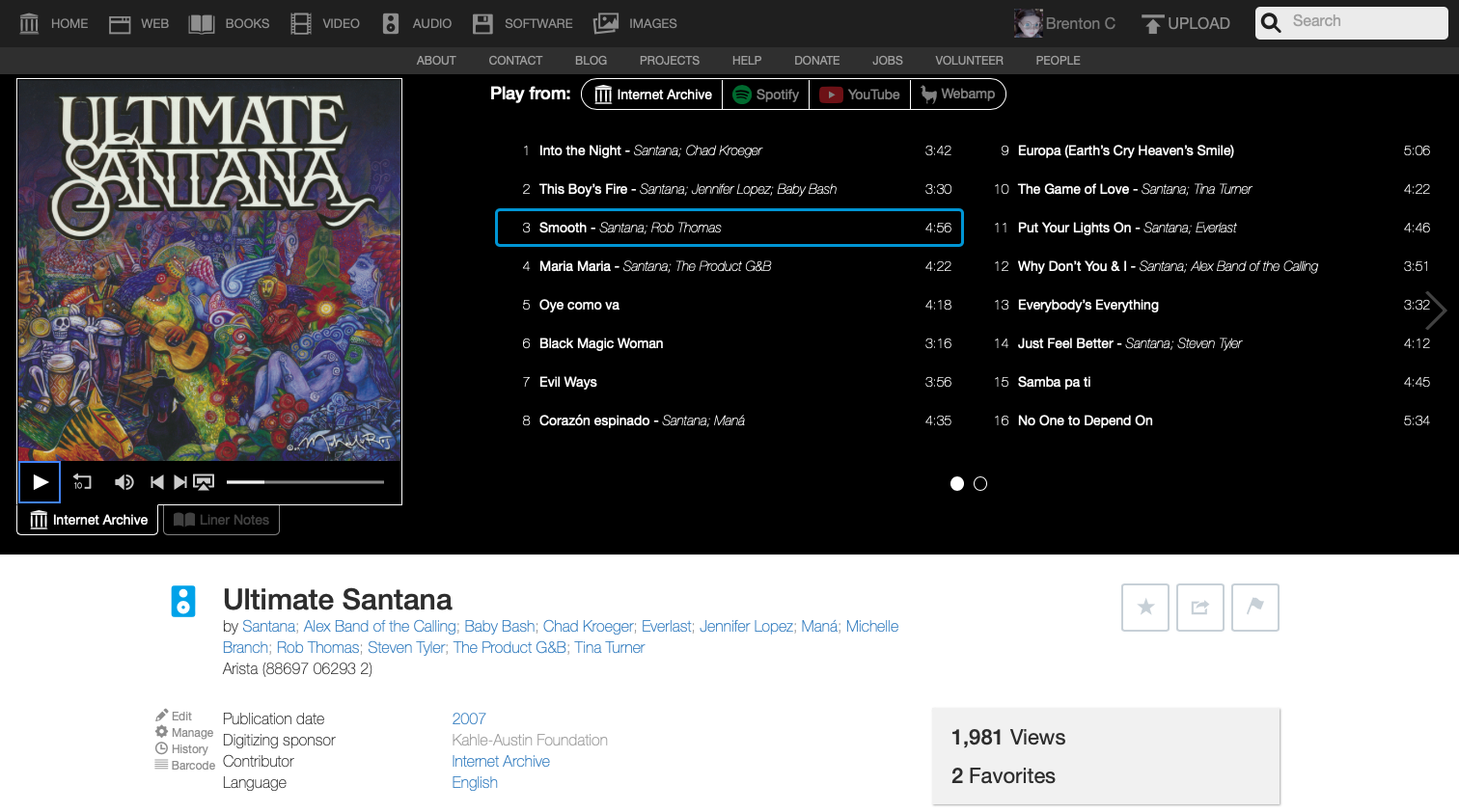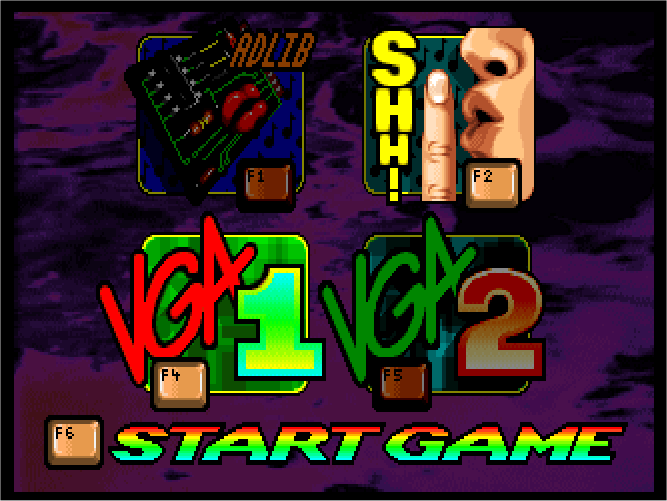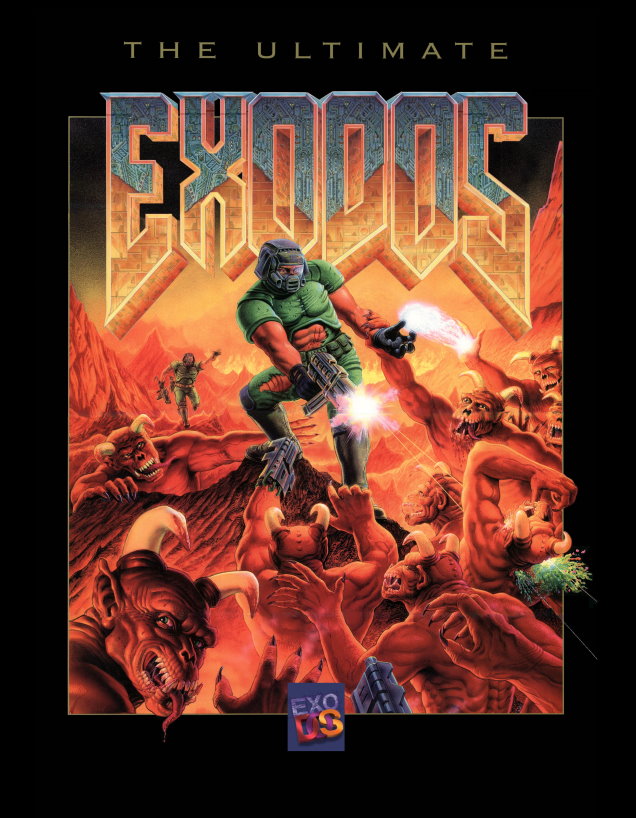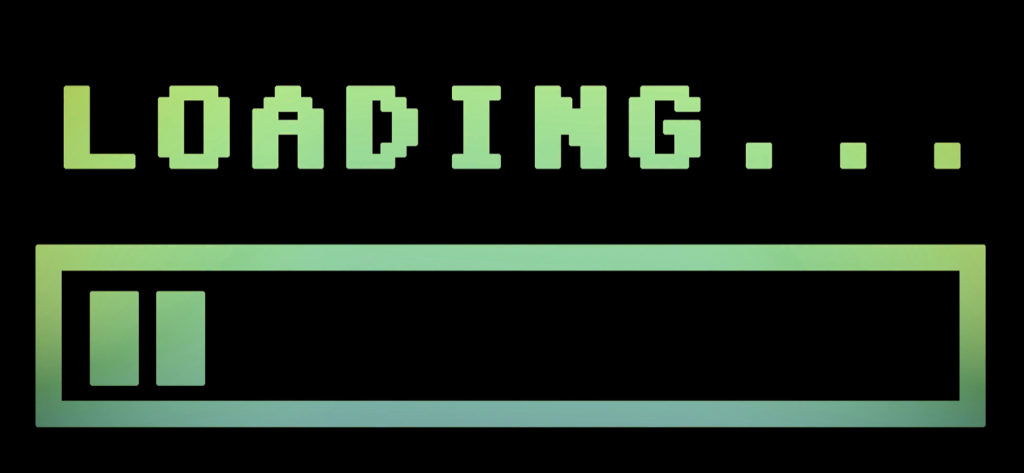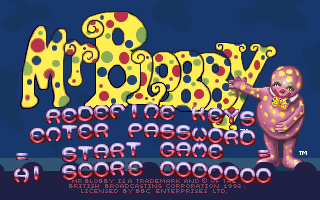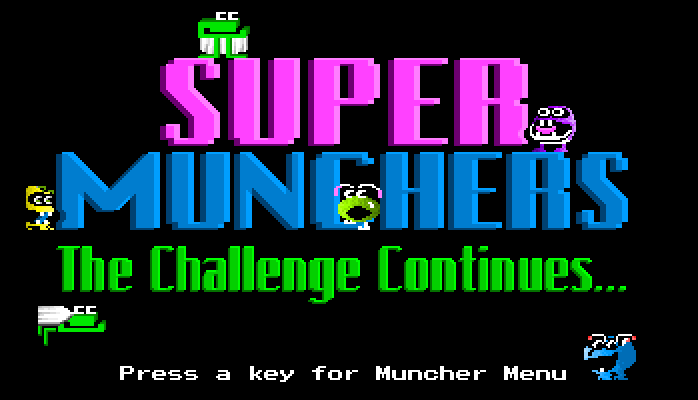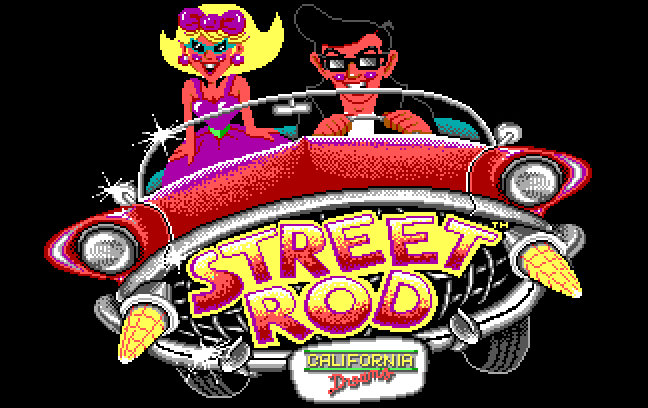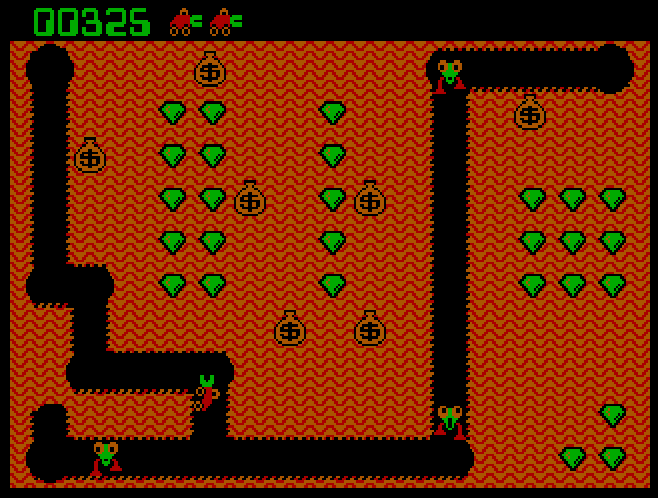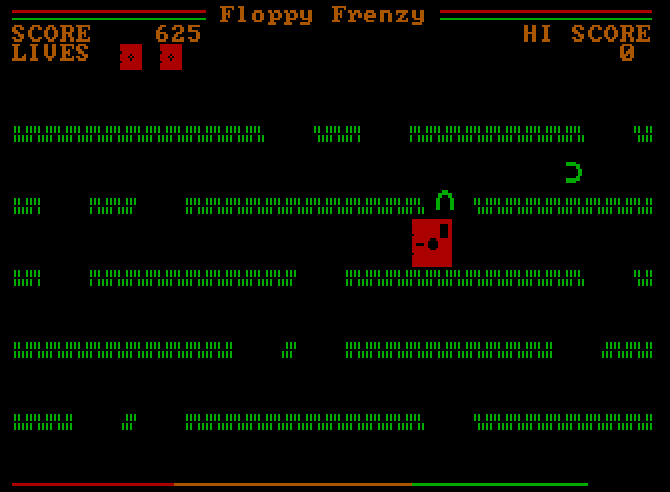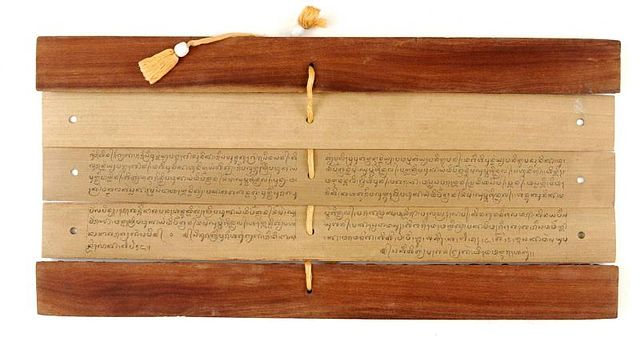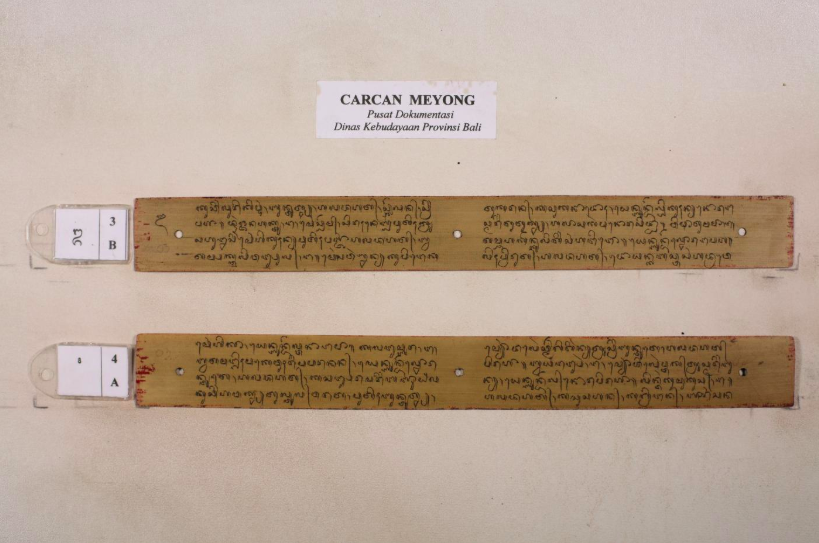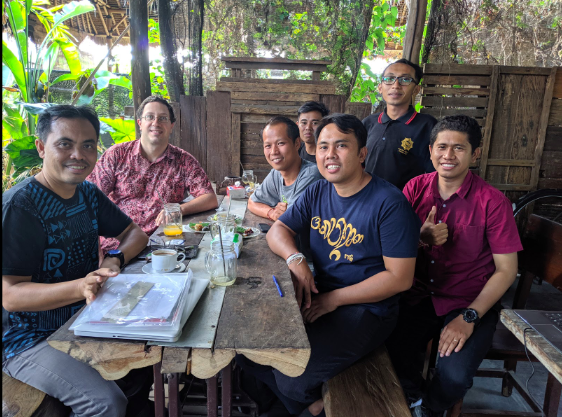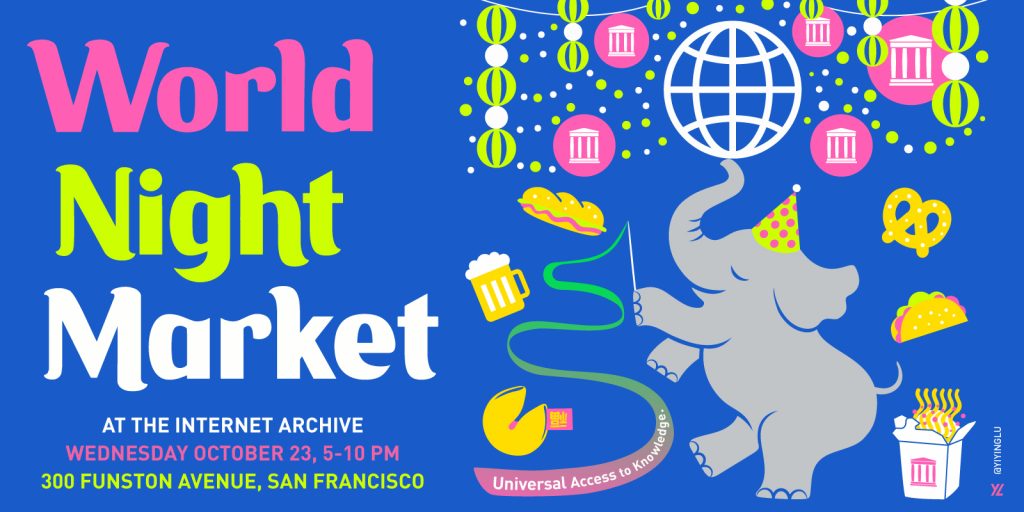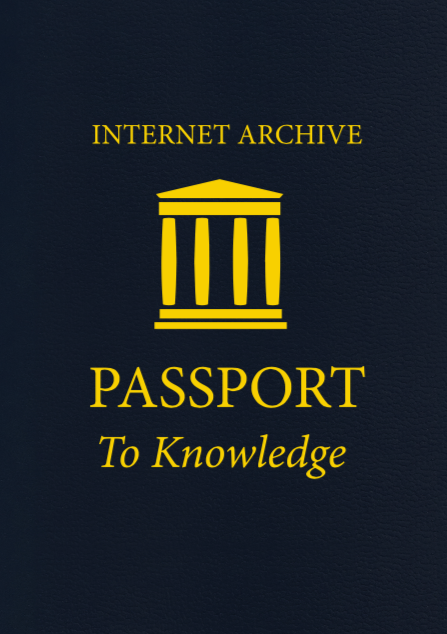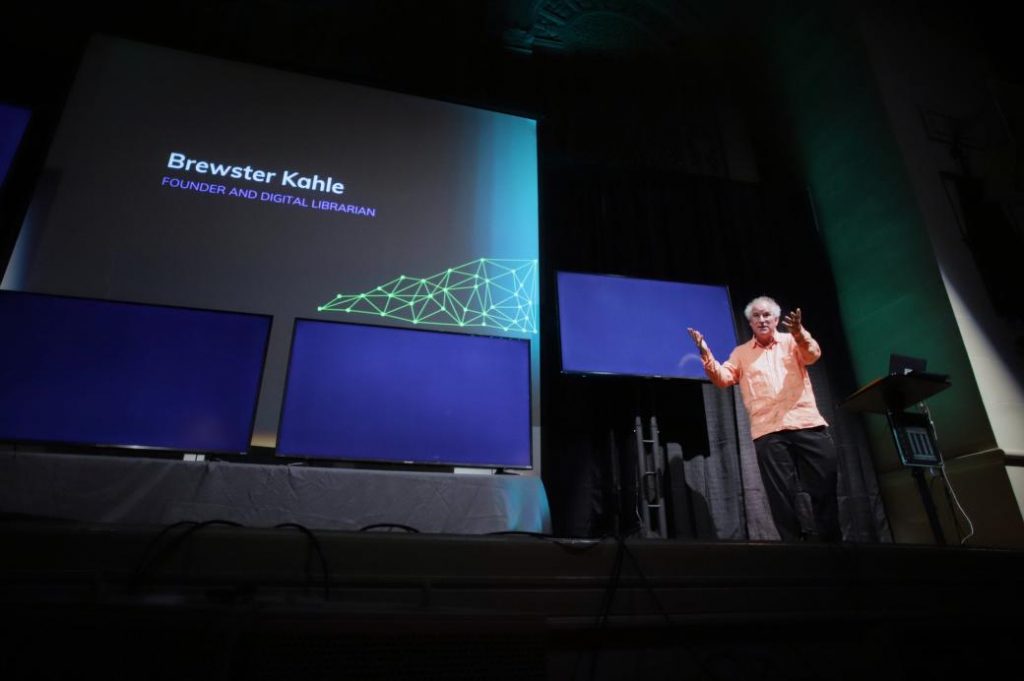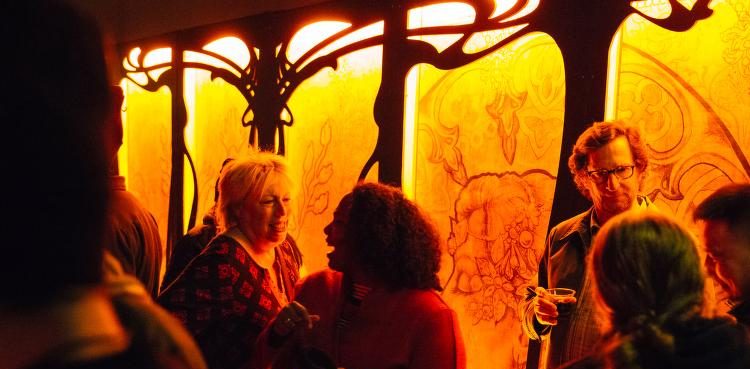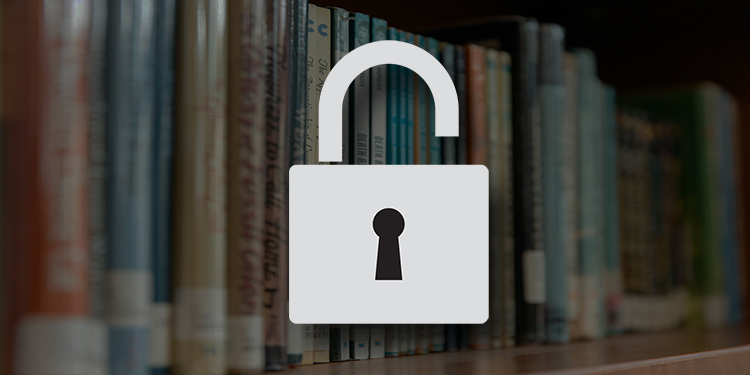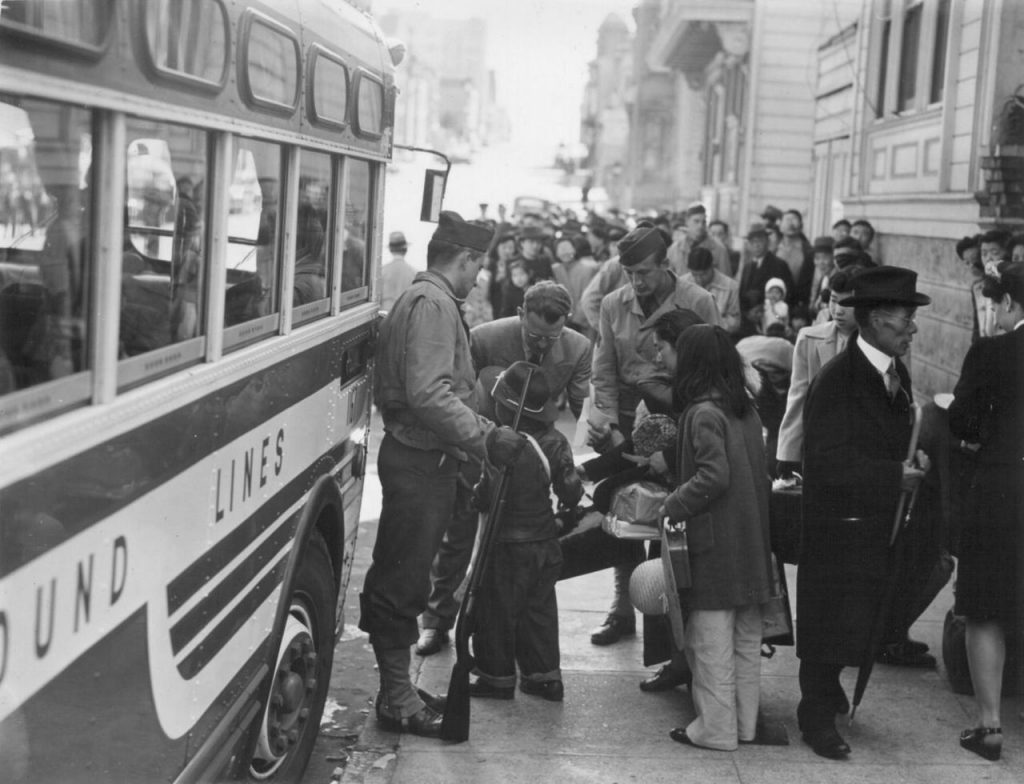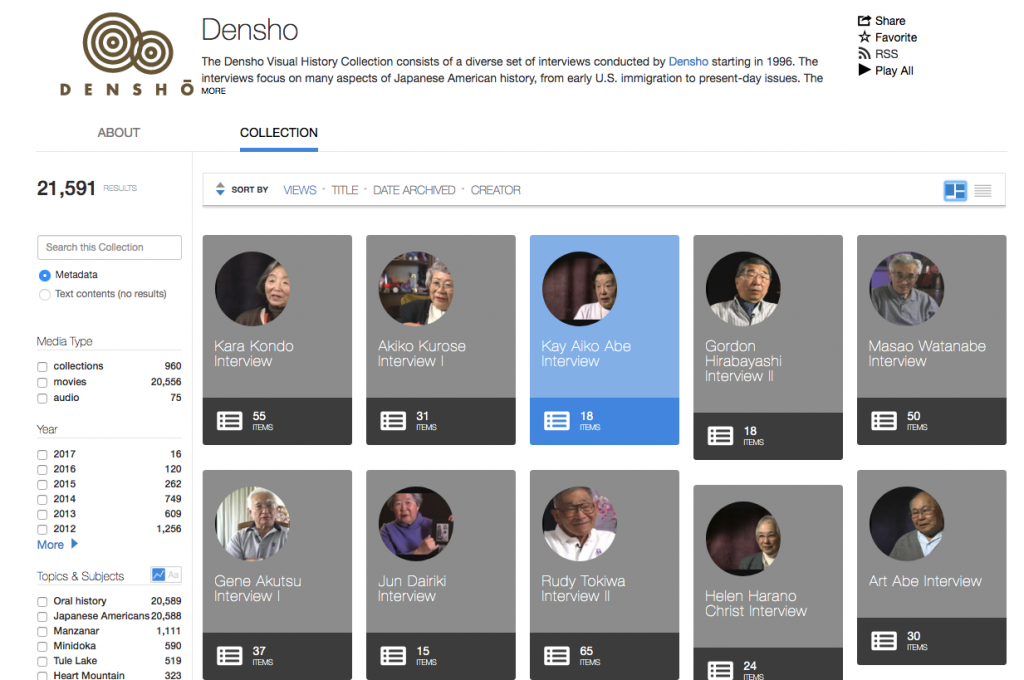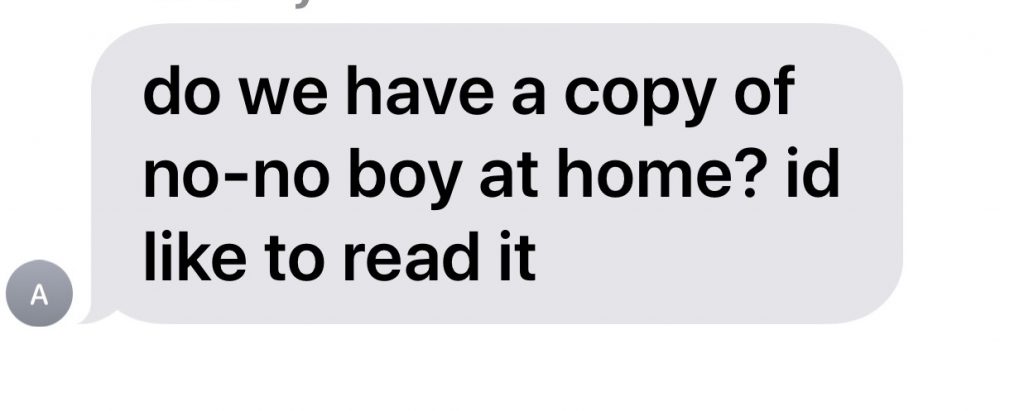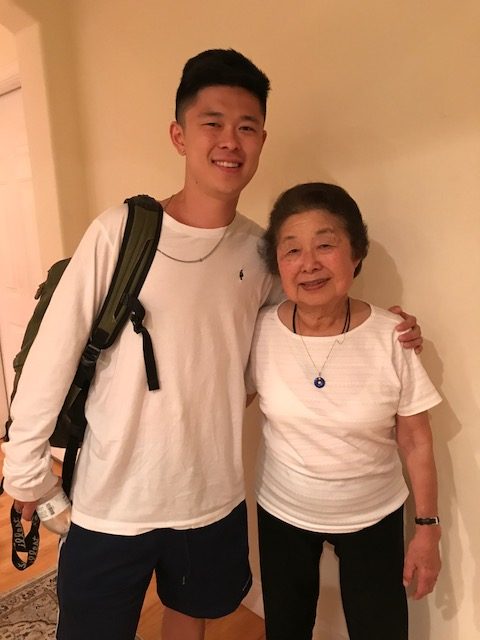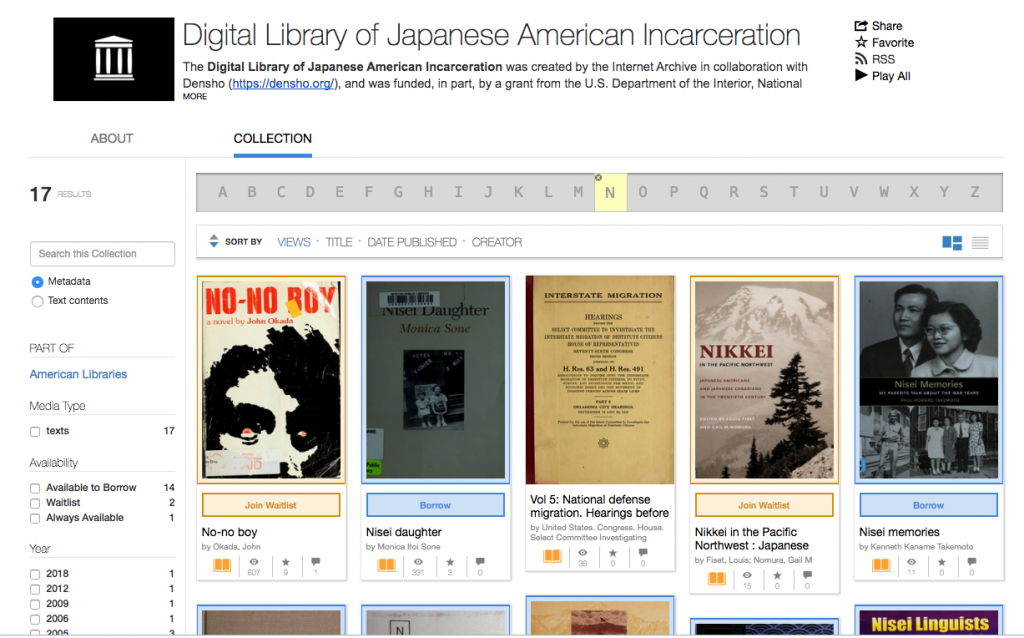Another few thousand DOS Games are playable at the Internet Archive! Since our initial announcement in 2015, we’ve added occasional new games here and there to the collection, but this will be our biggest update yet, ranging from tiny recent independent productions to long-forgotten big-name releases from decades ago.
To browse the latest collection, hit this link and look around.
The usual caveats apply: Sometimes the emulations are slower than they should be, especially on older machines. Not all games are enjoyable to play. And of course, we are linking manuals where we can but not every game has a manual.
If you’ve been enjoying our “emulation in the browser” system over the years, then this is more of that. If you’re new to it or want to hear more about all this, keep reading.
A Recognition of Hard Work, and A Breathtaking View
The update of these MS-DOS games comes from a project called eXoDOS, which has expanded over the years in the realm of collecting DOS games for easy playability on modern systems to tracking down and capturing, as best as can be done, the full context of DOS games – from the earliest simple games in the first couple years of the IBM PC to recently created independent productions that still work in the MS-DOS environment.
What makes the collection more than just a pile of old, now-playable games, is how it has to take head-on the problems of software preservation and history. Having an old executable and a scanned copy of the manual represents only the first few steps. DOS has remained consistent in some ways over the last (nearly) 40 years, but a lot has changed under the hood and programs were sometimes only written to work on very specific hardware and a very specific setup. They were released, sold some amount of copies, and then disappeared off the shelves, if not everyone’s memories.
It is all these extra steps, under the hood, of acquisition and configuration, that represents the hardest work by the eXoDOS project, and I recognize that long-time and Herculean effort. As a result, the eXoDOS project has over 7,000 titles they’ve made work dependably and consistently.
Separately from the eXoDOS project, I’ve been putting a percentage of these games into the Emularity system on the Internet Archive for research, entertainment and quick online access to the programs. The issues that are introduced by this are mine and mine alone, and eXoDOS is not able to help with them. You can always mail me at jscott@archive.org with questions or technical concerns.
This should be all that needs to be said, but since the Archive is doing things a little strangely, there’s a lot to keep in mind before you really dive in (or to realize, when you come back with questions).
That Hilarious Problem With CD-ROMs
Putting these games into the Internet Archive has, over time, brought into sharp focus particular issues with browser-based emulation. For example, keyboard collision, where the input needs of the emulator are taken over by the browser itself, and the problems of a program needing a lot more horsepower to run in a browser emulator than a user’s system can handle.
Some of these have solutions that aren’t always great (Buy faster hardware!) and in some cases the problem is currently terminal (these programs have been taken offline for a future date). But the most obvious and pressing is that games based off CD-ROMs take a significant, huge amount of time to load.
CD-ROMs were a boon to the early-to-late 1990s, allowing games to have audio and video like never before. Depending on the tricks used, you got full-motion video (FMV), the playing of CD audio tracks for background music, and levels and variation of content for the games far beyond what floppy disks could ever hope.
But it was also a very large amount of data (up to 700 megabytes per CD) and it’s one thing to have the data sitting on a plastic disc in a local machine, and yet another to have a network connection pull the entire contents of the CD-ROM into memory and hold it there as a virtual file resources. This is going to be an enormous lean on the vast majority of Internet users out there – downloading multi-hundred-megabyte files into memory and then keeping them there, and then losing it all when the browser window closes. Network speeds will improve over time, but this is probably the biggest show-stopper of them all for many folks.
If you find yourself loading up one of these games and facing down a hundred-megabyte download, consider one of the smaller games instead, unless it’s a title you really, really want to try out. Maybe in a few years we’ll look back at cable-modem speeds and laugh at the crawling, but for now, they’re pretty significant.
Some Jewels in the Mix
Luckily, there are some smaller-sized games in this new update that will load relatively quickly and are really enjoyable to look at and to play. Here’s some of my recommendations:
First, a game special to me: the IBM DOS version of Adventure, calling itself “Microsoft Adventure”. It’s actually a small rebranding of the original start of the text adventure world, “Colossal Cave” or ADVENT, by Don Woods and Will Crowther. Remixed to be sold by IBM and Microsoft, this is how I first got into these, and it boots up instantly, providing hours of fun if you’ve never tried it before.
Mr. Blobby, a 1994 DOS Platform game, has all the hallmarks of the genre – bonkers physics, bright and lovely graphics, and joyful music. Be sure to redefine the keys before you try to play it, because besides running and jumping, you can spin and take things. The game does not get less weird as you go along.
Super Munchers: The Challenge Continues is a 1991 remix of the original educational game that sent your “muncher” gathering up words representing a given topic or idea. The speed of the game, along with the learning aspect, make this one of the more zesty “edutainment” titles available from the time.
Street Rod is a wonderfully compact 1989 racing game where it’s the 1960s and you’re going to buy your first hot-rod, tune it up, and race it for money to buy better and better rides. It’s a mouse-driven interface and loaded with all sorts of tricks to make the game fit into a “mere” 600 kilobytes compressed. Initially simple and then well worth the effort!
Digger from 1983 is a Dig-Dug-Clone-but-Not that came out right as IBM PCs were starting to take off, and it’s a lovely little game, steering around a mining machine while avoiding enemies and picking up diamonds. The most unintuitive thing is you need to fire using the “F1” key, so hopefully your keyboard has one.
I’m also going to suggest Floppy Frenzy from Windmill Software because it’s so much closer to the beginning of the IBM PC’s reign and you can see the difference in what the authors were comfortable with – the graphics are simpler, the game movement a little more rough, and the theme is geekiness incarnate: You’re a floppy disk avoiding magnets to leave traps for them, so you can gather the magnets up before the time runs out. If you don’t make it, an angel comes down and brings you to Floppy Disk Heaven. Again, F1 is the unusual key to leave traps.
There’s many more and I suggest people browse around and try things out, really soak in that MS-DOS joy. (And feel free to leave comments with suggestions.)
Thanks so much for coming along on this emulation journey!
- Jason Scott, Internet Archive Software Curator


